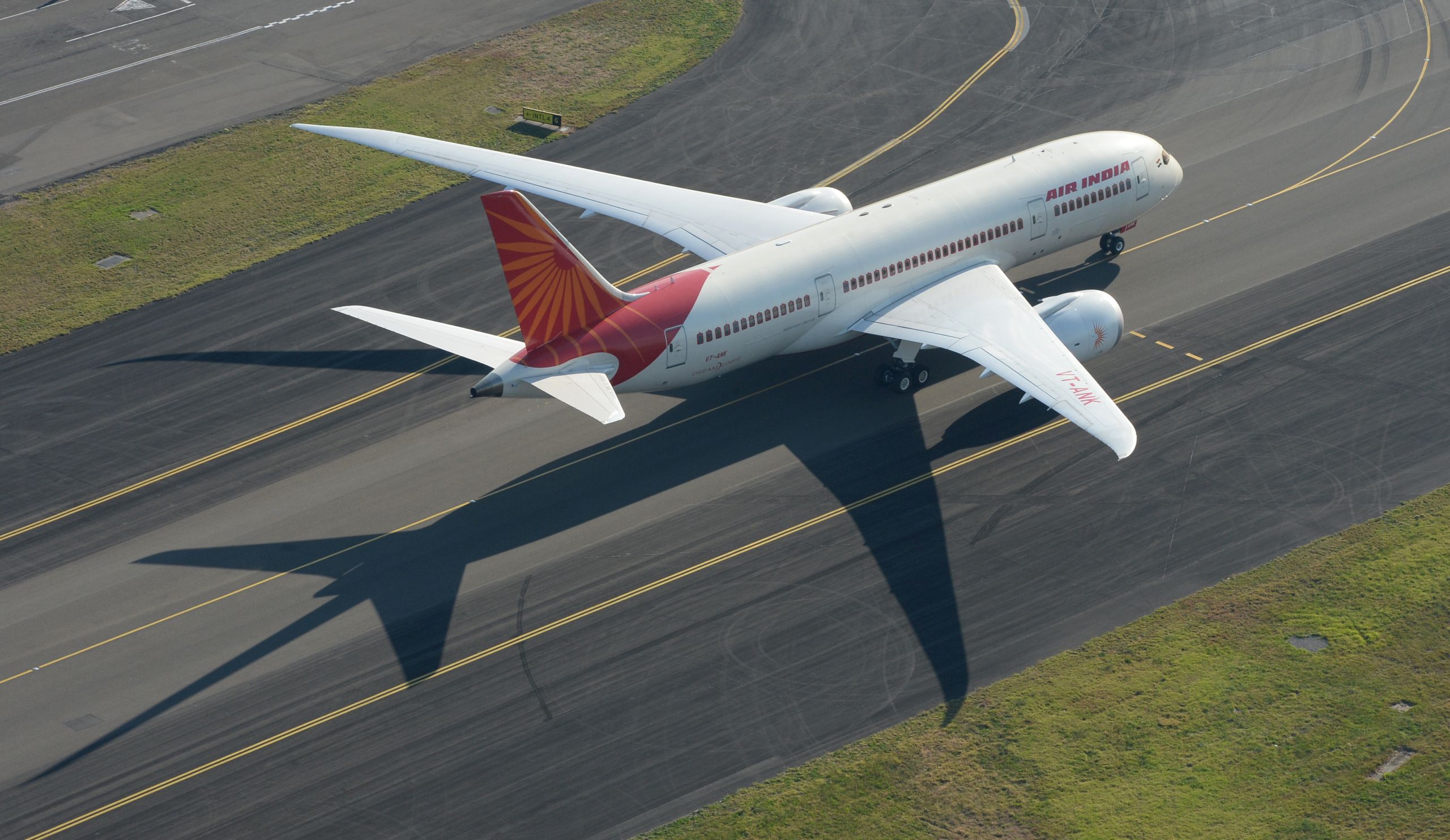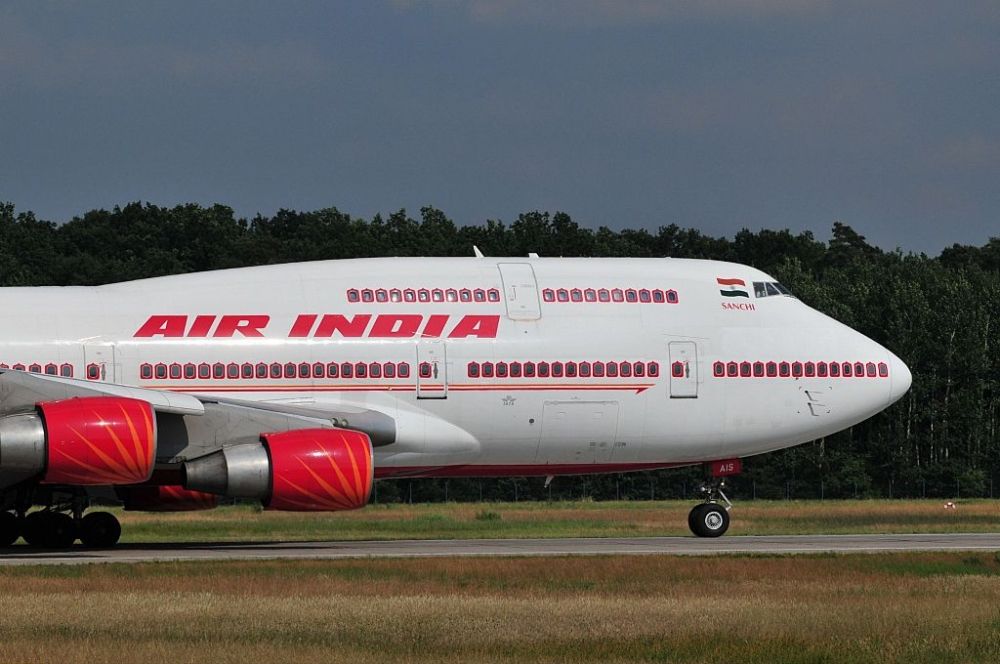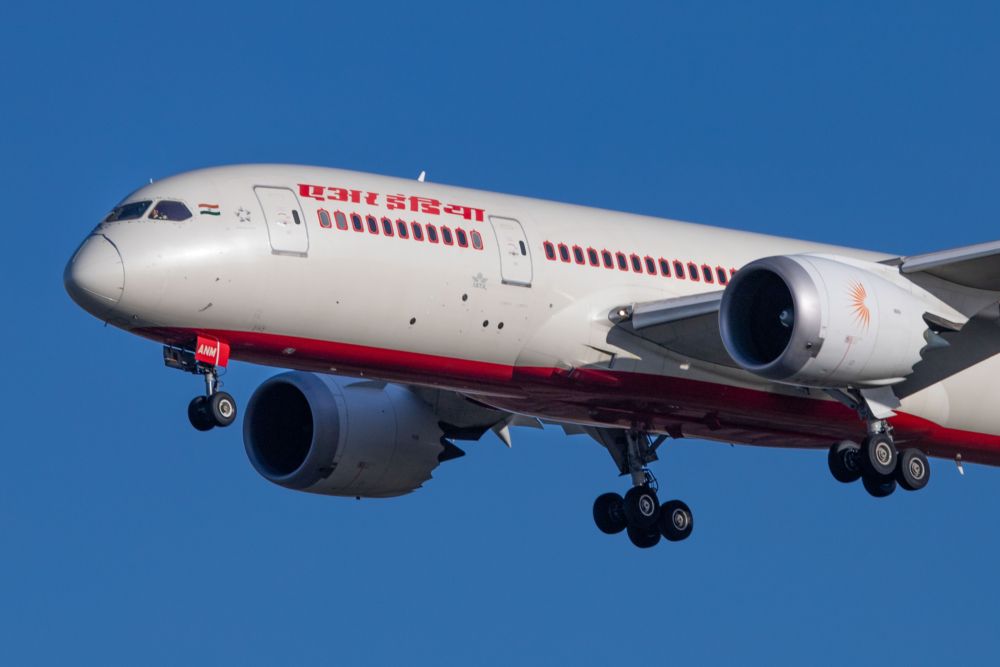Each passing week unfolds a new sub-plot in the long-drawn-out tale of Air India's privatization. As the government gets ready to receive financial bids soon, two separate pieces of information have emerged in the last few days. One involves the interests of the bidders; the other is about the interest of the employees. Let’s find out more about these latest developments.
Confidence boost for bidders
With an accumulated debt of more than $8 billion, Air India is battling claims from some companies, including Britain's Cairn Energy, which has taken the legal route. Cairn Energy sued the carrier back in May to recover its $1.2 billion arbitration award. It also identified Indian Government-owned assets worldwide worth billions and, as per reports, seized 20 government properties in Paris in July following a French court order.
Naturally, this was a major red flag for the bidders. Tata Group, a frontrunner in the bidding process, has been eyeing an indemnity clause in the deal's structure. It wants a layer of protection from any post-acquisition claims, court cases, and hidden contracts.
Now, reports are coming in that the Government of India has offered indemnity to bidders, freeing them of any liability that could arise from the cases filed by Cairn Energy. This should come as a relief to Tata Group and SpiceJet Ltd, who are expected to offer their final bids very soon.
Employees get assurances
For many Air India employees, the entire privatization process has been a nail-biting experience. The privatization of the carrier, if and when it happens, potentially heralds a massive shake-up of how things have been running in the organization.
Recent announcements by Air India asking employees to vacate staff apartments within six months in Mumbai have made some only more nervous. Concerns regarding provident funds (PF), gratuity, government-funded health schemes, and leave encashment have all surfaced.
The government has assured that any liquidation losses incurred during the transfer of PF accounts to EPFO – a provident fund regulatory body – would be adjusted through budgetary support. Gratuity liabilities are expected to be taken on by the new owners, which the government feels shouldn’t be a burden as it accounts for just around 0.6% of total revenues.
Air India employees also get medical benefits under the Central Government Health Scheme (CGHS). As reported by Business Standard, the Ministry of Civil Aviation is in talks with CGHS officials to come up with a solution. Notably, these are in-principle approvals, and final steps are still awaited.
Balancing act
Air India realizes it’s treading on eggshells. It has to maintain the confidence of bidders and avoid any large-scale employee protests. Any of this could potentially derail the already long-drawn-out privatization process. The government knows that privatization is the only way out with such mammoth debt on the balance sheet.
Previous failed attempts at selling the carrier have also put the entire process under the microscope, with each step being carefully scrutinized by the media and public. Should the deal go through successfully this time, the government has said it could use the Air India template for other public sector companies up for grabs later.
How hopeful are you about the government finally closing a deal on Air India this time around? We’d love to hear your comments.




